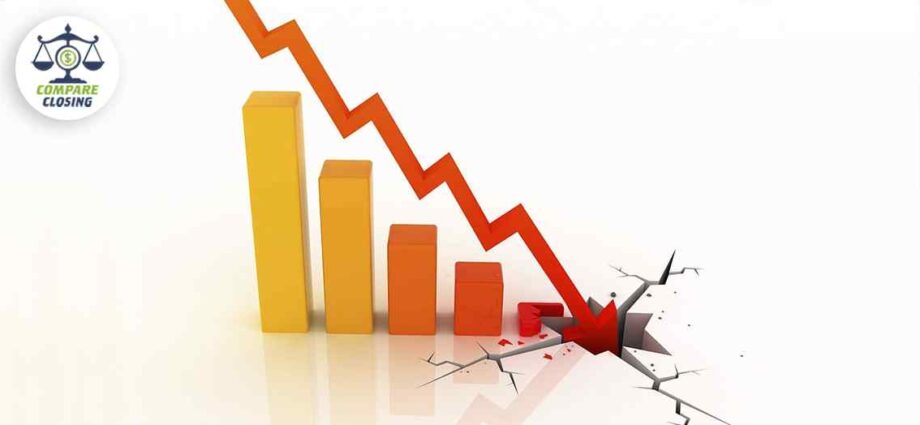Warning: Undefined variable $custom_content in /home4/comcompare/public_html/mortgagenews/wp-content/plugins/code-snippets/php/snippet-ops.php(582) : eval()'d code on line 7
Last updated on June 24th, 2021 at 04:44 pm
The 30-year mortgage rate fell below 3% this week, for the first time in a half-century, allowing many homeowners to grab this chance for refinancing their home loan.
The average rate on the key 30-year fixed-rate mortgage fell this week to 2.98%, mortgage buyer Freddie Mac said Thursday. It’s the first time in 50 years that the average rate on the 30-year loan has dropped below 3%.
The rate averaged 3.81% a year ago. In the first week of June 30-year, home loan edged up to 3.21% from 3.18% to 3.21%. A year ago, the rate stood at 3.82%.
According to a real estate data company, CoreLogic from January through April Americans refinanced nearly 2 million home loans, value of $576.09 billion was refinanced.
They accounted for 64% of home loans, which was more than double during the same four-month stretch in 2019.
And “cash-out” refinancing was up about, when homeowners withdraw equity from their home’s value, typically to pay down higher-interest debt or cover remodeling expenses, rose more than 70% from a year earlier.
The labor market blowback and economic unpredictability due to the coronavirus pandemic have put off some prospective buyers and sellers.
Frank Nothaft, chief economist at real estate data firm CoreLogic said “The refi share is through the roof, it’s way up from a year ago and it’s accounting for the bulk of lending.”
Due to the sharp pullback in the 10-year Treasury yield, which is a benchmark for interest rates on consumer loans, including mortgages, the mortgage rates have been falling for almost two years.
For much of last year, investor worries about a costly trade dispute between the U.S. and China, and Britain’s decision to leave the European Union, drove up demand for bonds, pushing yields lower, and mortgage rates followed suit.
Because of the coronavirus spread many businesses have shut down to stop the spread of the pandemic resulting in investors shifting their money U.S. government bonds.
As demand for bonds rises, their yield falls resulting in the yield of 10-year treasury note steadily declining. It’s now running around 0.6% after starting the year at about 1.9%.
While rates have been steadily low every decline makes refinancing attractive to more people.
Refinancing typically costs several thousand dollars in closing costs and other fees. But over time, saving a hundred or few hundred a months in monthly mortgage bills adds up.
“These are incredibly low rates, and if you can lock them in with a fixed-rate mortgage, that’s locking in potentially a couple of hundred dollars of savings every month,” said Jeff Tucker, an economist at Zillow.
Some lender has been offering 30 years fixed-rate loan for as low as 2.5%, Alex Elezaj, the chief strategy officer at United Wholesale Mortgage said “Our business continues to be very strong and we expect the next 12-18 months to be the best months in mortgage history,”
According to the National Association of Realtors, pending home sales jumped a record 44.3% in the month of May as a comeback by potential homeowners due to low rates appears to be building in the sector.
The Mortgage Bankers Association report shows applications for a home loan is up by 61.1% compared to last year.
Economists predict the refinancing spree will continue one because about half of all U.S. home mortgages have an interest rate that’s 4% or higher, far above current rates, and two because the Federal Reserve has signaled it will continue to buy billions of dollars of Treasury and mortgage-backed bonds to stabilize financial markets through the economic fallout of the pandemic.
“When you have an investor with deep pockets like the Fed buying mortgage-backed securities, that keeps the (10-year Treasury yield) low,” Nothaft said. “So, over the next 18 months, I wouldn’t be surprised if we see the 30-year fixed loans stay around 3%.”


